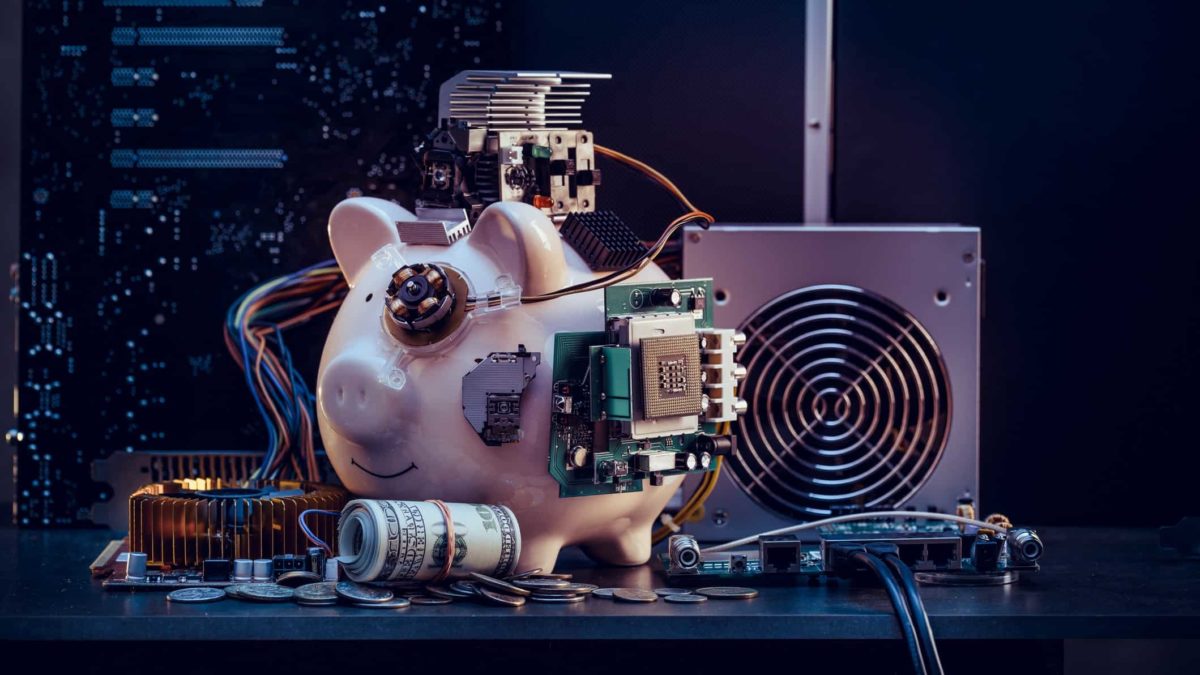Ever noticed stock market commentators referring to 'ASX 200 futures' prior to market open? It sounds as though these mystical things act as a crystal ball, indicating whether the market will open higher or lower. However, there's more to this financial instrument than being a mistaken fortune teller.
Let's demystify 'futures' and establish what they really are.
Defining this derivative
Futures contracts, such as ASX 200 futures, are a type of derivative that is often used for speculation or hedging. When discussing derivatives, we are talking about financial instruments that 'derive' their value from another underlying asset.
Essentially that means the derivative has no value on its own, other than being an agreement. Instead, the value is perceived from the corresponding asset that it is tied to, whether that's an index, commodity, or share.
In a futures contract, a buyer agrees to buy a certain asset or instrument at some point in the future from a seller (and vice versa) for a predetermined price agreed upon from the outset. In essence, this allows participants to take a stance on the direction of an investment without holding the underlying asset.
Futures are quite popular with fund managers for 'hedging' their portfolios in times of volatility. For example, a fund heavily exposed to ASX shares might sell futures in the S&P/ASX 200 Index (ASX: XJO) if concerned about a near-term market crash. By selling the futures (short selling), the fund would offset losses in its shares with gains from its ASX 200 futures.
On the other hand, speculators take advantage of futures to make leveraged returns on their bullish or bearish sentiment towards an asset.
It is important to know that futures have inherent risks and function quite differently from shares. For that reason, it's crucial to fully understand the risks when investing in any type of financial instrument.
ASX 200 futures before the open
When ASX 200 futures are used to forecast the direction of the market ahead of open, it is the ASX SPI 200 Index being referenced. This futures contract operates nearly 24 hours a day, 5 days a week.
Hence, traders will be buying and selling contracts for hours ahead of the open. This often gives a reasonable indication as to where the market will open. However, ASX 200 futures are not always on the money.
In summary, futures can be used for short-term trading strategies to 'predict' market trends. However, futures contracts can be much riskier than investing in quality companies due to leverage and the short-term time horizons.








